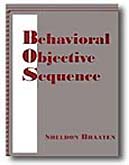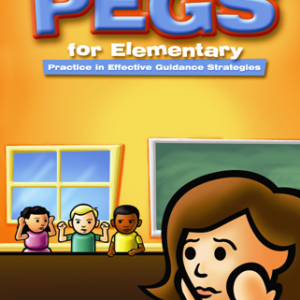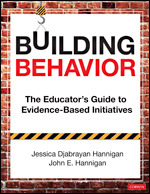Based on over 20 years of work with children and adolescents, the Behavioral Objective Sequence (BOS) is a comprehensive, observation-based assessment tool for use with students from elementary grades through adolescence. BOS is designed to help educators assess behavioral and social disorders and to determine developmentally appropriate objectives. It includes 45 long-term goals and 233 behavioral objectives divided into six subscales. BOS can be used as a bank of objectives, as a rating scale, or as a structured observation system. It is extremely helpful in making placement decisions, evaluating programs, developing intervention plans, and in writing IEPs or ITPs. The BOS manual includes a CD with 18 forms and checklists that may be photocopied as needed.
Subscales
- Adaptive Behaviors – The student will demonstrate developmentally appropriate behaviors in response to routine expectations and rules, and will modify behaviors appropriately in response to new or changing circumstances – includes 33 objectives.
- Self-Management Behaviors – The student will demonstrate skills to respond appropriately to challenging experiences using self-control and seek to be successful – includes 30 objectives.
- Communication Behaviors – The student will demonstrate the verbal and nonverbal skills that enable him/her to appropriately meet his/her needs and to affect others in positive ways – includes 44 objectives.
- Interpersonal Behaviors – The student will demonstrate the ability to interact with others in social and task situations with behaviors that meet personal and interdependent needs and that contribute to a sense of belonging – includes 42 objectives.
- Task Behaviors – The student will engage in learning tasks and activities that are routinely assigned by the teacher and for which grades or credits are received. These behaviors include preparation for learning activities, attempting tasks, and demonstrating growth – includes 35 objectives.
- Personal Behaviors – The student will engage in dialog with a counseling adult, permitting the adult to assist him/her in resolving personal issues, developing personal skills, and building a sense of self-worth – includes 49 objectives.
BOS Recording and Planning Forms
- Rating Scale Guide
- Current Performance Form
- Baseline Recording Forms
- Target Objective Functional Analysis Planning Worksheet
- Functional Analysis Planning Worksheet Summary
- Individual Intervention Plan Form
- Daily Monitoring Record
- Team Meetings Notes
- School-Community Agency Coordinated Intervention Plan
- Interagency Meeting Notes
- Target Behavior Performance Charts
- Behavioral Progress Report
- Annual Progress Summary Form
Review
“The most important aspect of Braaten’s work is that the 233 [behavioral objectives] do not simply form a laundry list of relevant goals and objectives for children with EBD, but rather the BOS is a task-analyzed sequence organized along a developmental theory of normative child social and emotional behavior.”
– Beth Rosenwasser, Behavioral Interventions






Reviews
There are no reviews yet.